How to Wash Silk: Safe Steps for Hand & Machine Washing
This article is your go-to resource for mastering the art of washing silk, a fabric known for its luxurious feel and delicate nature. Here, you’ll discover how to properly care for your silk items, ensuring they remain beautiful and last for years.
This complete guide provides everything you need to know about how to wash silk and clean your favorite silk pieces safely at home. It covers hand washing, machine washing (with precautions), drying, ironing, stain removal, and storage.
1. Understanding silk and washability
Before diving into washing methods, it’s crucial to learn about silk fabric itself and its washability. Proper silk care starts with understanding the unique properties of this delicate material and carefully examining the care label on your garment.
1.1 What makes silk different?
Silk is a natural protein fiber produced by silkworms. This composition gives it a unique, delicate structure, a remarkably smooth texture, and a characteristic sheen. It’s prized for its thermo-regulating qualities (keeping you cool in the summer and warm in the winter) and is also hypoallergenic, making it a good choice for those with sensitive skin.
There are a variety of silk weaves, such as charmeuse (known for its drape and shine), crepe de chine (with a slightly crinkled texture), and habotai (a lightweight, plain weave). While these weaves differ slightly in appearance, the fundamental care principles remain similar, although more delicate weaves may require extra caution.
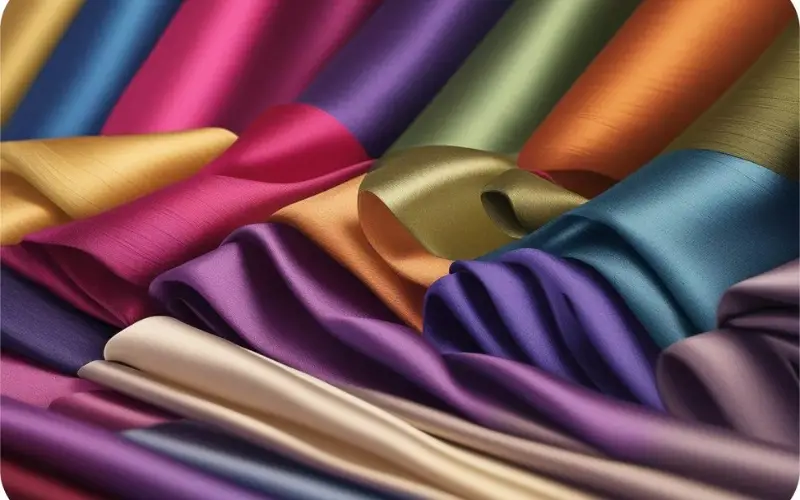
1.2 Reading the care label: Decoding the symbols
The care label on your silk garment is your first point of reference. Laundry symbols provide essential washing instructions. Learn to interpret these symbols, which indicate:
Water temperature (e.g., a basin with a hand means hand wash only; a basin with a number indicates the maximum water temperature).
- Washing method (hand wash, machine wash, or dry clean).
- Drying instructions (tumble dry, line dry, dry flat).
- Ironing instructions (low, medium, or high heat; whether steam is allowed).
A crucial distinction exists between “Dry Clean” and “Dry Clean Only”. “Dry Clean” is often a recommendation, suggesting professional cleaning for optimal results, but careful home washing may be possible. “Dry Clean Only” however, indicates that the garment is too delicate for home washing and must be taken to a professional.
1.3 The colorfastness test: Preventing dye bleeding
Silk dyes can sometimes be unstable, leading to dye bleeding during washing. To avoid ruining your garment, perform a colorfastness test.
- Find a hidden area of the garment, such as an inner seam.
- Dampen a clean, white cloth with lukewarm water.
- Gently dab the dampened cloth on the hidden area.
- Check the cloth. If any color transfers to the cloth, the garment is not colorfast and should be professionally cleaned.
2. Hand washing silk: the gentle approach
Hand washing is the safest and most recommended method for cleaning silk. It’s a gentle approach that minimizes the risk of damage. Always use cold water and a gentle detergent.
2.1 Gathering your supplies
Before you begin, gather these essential items:
- Gentle detergent specifically designed for delicates, or a pH-neutral detergent.
- A mild shampoo (without harsh additives) can also work in a pinch.
- A clean basin or sink.
- Several clean, white towels.
- A drying rack or padded hangers
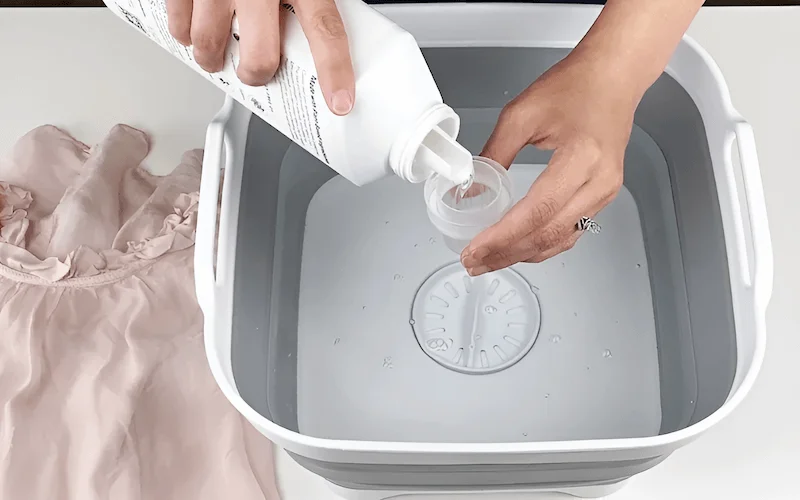
2.2 Step-by-step hand washing instructions
Follow these detailed steps for successful hand washing:
- Fill the basin with cold water (or lukewarm water, but never hot).
- Add a small amount of detergent (follow the product’s instructions for the correct dosage) and mix gently to create a slightly soapy solution.
- Submerge the silk item in the water.
- Gently agitate the water with your hands to distribute the detergent and loosen any dirt. Avoid harsh scrubbing or rubbing.
- Soak the garment for a maximum of 30 minutes. Prolonged soaking can damage the fibers.
- Rinse the item thoroughly under cold, running water until all traces of detergent are gone. The water should run clear.
- Gently press out excess water. Do not wring or twist the silk, as this can damage the delicate fibers.
- Lay the garment flat on a clean towel.

2.3 Tips for hand washing success
- Avoid soaking for extended periods.
- A vinegar rinse (adding a small amount of white vinegar to the final rinse water) can help neutralize alkaline residue from detergents and restore silk’s shine.
- Gentle handling is crucial throughout the process, especially when the silk is wet.
3. Machine washing silk: a riskier, but possible, option
While hand washing is preferred, machine washing silk can sometimes be an option, but it’s inherently riskier. Always proceed with caution and choose the gentle cycle or delicate wash.
3.1 When machine washing is (maybe) okay
Machine washing is generally riskier than hand washing for silk. Tightly woven silks, like some heavier charmeuse fabrics, might withstand machine washing better than very delicate weaves. For fragile or valuable silk items, hand washing is always the safest choice.
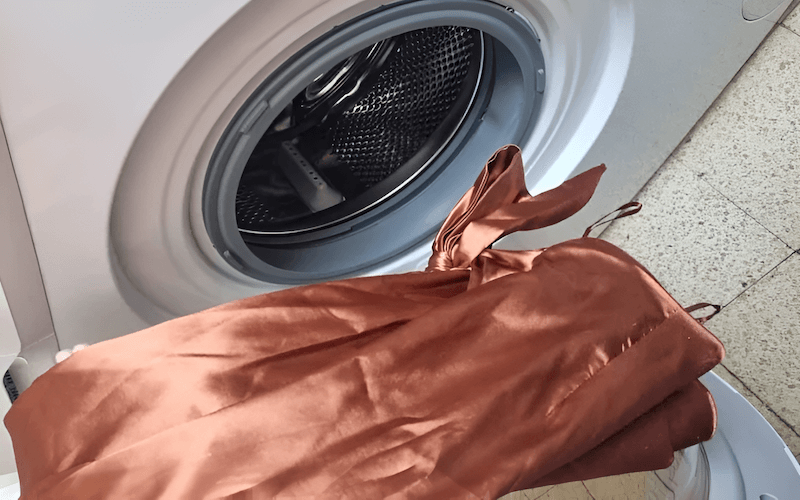
3.2 Preparing Your silk for the machine
To minimize the risk of damage during machine washing:
- Use a mesh laundry bag to protect the silk from snagging or abrasion.
- Turn garments inside out.
- Separate colors to prevent dye transfer.
- Avoid overcrowding the washing machine. The silk needs room to move freely.
3.3 Step-by-step machine washing instructions
- Place silk items inside a mesh bag.
- Select the delicate cycle on your washing machine.
- Set the water temperature to cold water.
- Choose the lowest spin setting to minimize stress on the fibers.
- Add the appropriate amount of gentle detergent for delicates.
- Start the wash cycle.
- Remove the silk items promptly as soon as the cycle ends.
3.4 Machine washing precautions
- Avoid harsh detergents or bleach, which can severely damage silk.
- Don’t overload the washing machine.
- Always double-check the care label for specific instructions.
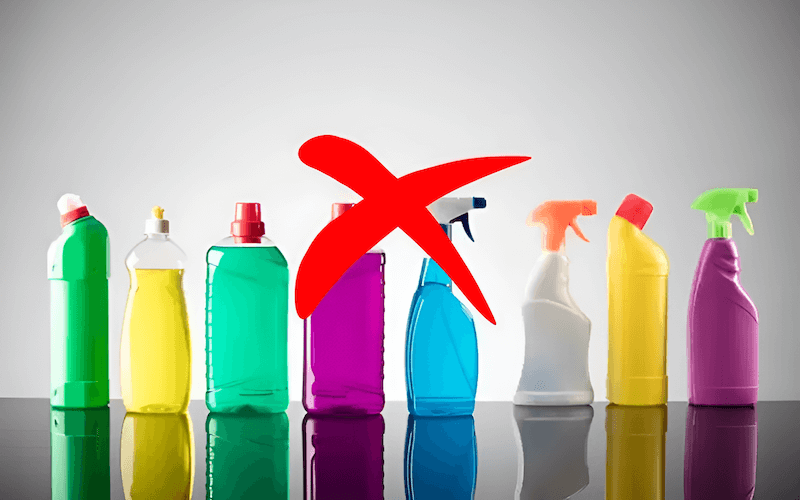
4. Drying silk: Avoiding damage and shrinkage
Proper drying is critical to preventing damage and shrinkage in silk garments.
4.1 The importance of air drying
Tumble drying is extremely harmful to silk. The heat and friction inside a dryer can cause irreversible damage to the fibers, leading to shrinkage, weakening, and loss of luster. Air drying is the only recommended method.
4.2 Step-by-step drying instructions
- After washing, gently press out excess water. Do not wring or twist the fabric.
- Lay flat on a clean, dry towel, or hang on a padded hanger.
- Avoid direct sunlight or heat sources (like radiators), as these can cause fading and damage.
- For sweaters, it’s best to lay flat on a drying rack to maintain their shape.
- For dresses and blouses, hang them on a padded hanger to prevent creasing.
- Ensure good air circulation around the garment to speed up drying.
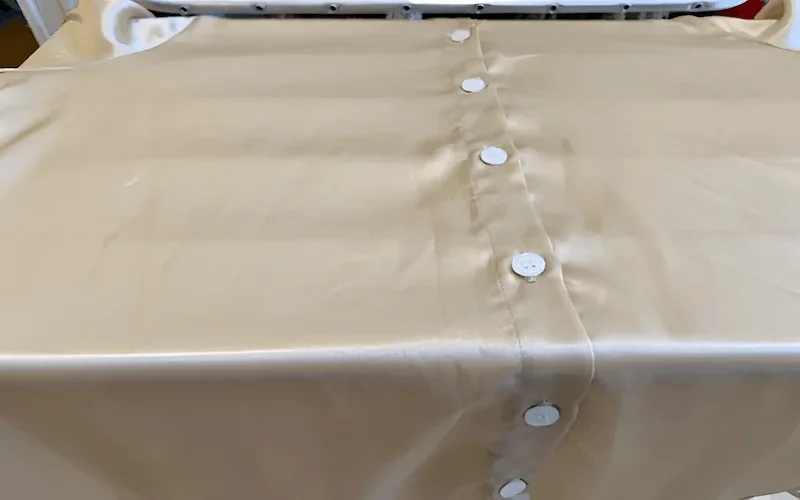
4.3 Dealing with water spots
If water spots appear after drying, don’t panic. The best solution is to re-wet the entire garment evenly (by hand washing or a quick rinse) and then air dry it again, following the instructions above.
5. Ironing and steaming silk: Smoothing out the wrinkles
Care must be taken to iron and steam out the wrinkles of your silk fabric
5.1 Ironing silk: Low and slow
If ironing is necessary, follow these guidelines for safe silk ironing:
- Use the lowest heat setting on your iron (often labeled “silk” or “delicate”).
- Iron the silk while it’s *lightly damp. If it’s completely dry, use a spray bottle to lightly mist it with water.
- Use a pressing cloth (a clean, thin piece of cotton fabric) between the iron and the silk to prevent direct heat contact and potential scorching.
- Iron on the reverse side of the fabric.
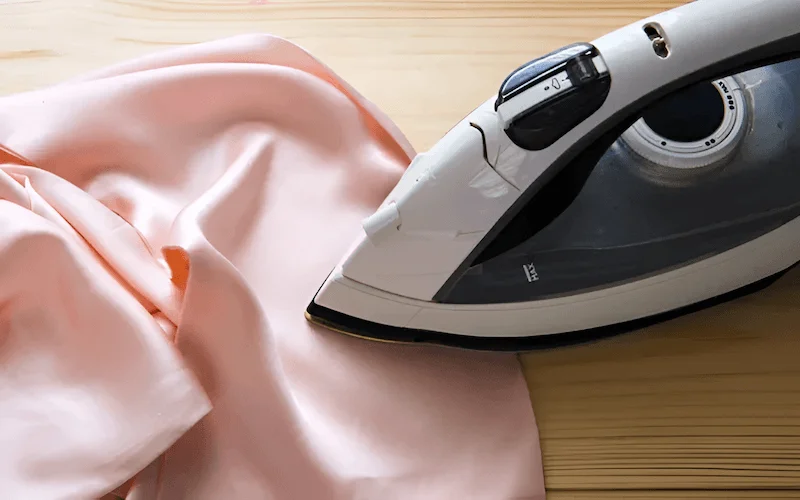
5.2 Steaming silk: A gentler alternative
Steaming is often a better option than ironing for silk because it involves less direct heat and is gentler on the fibers.
- Hold the steamer a few inches away from the fabric.
- Use continuous motion, moving the steamer across the garment.
- Avoid holding the steamer in one spot for too long, as this could cause water spots or heat damage.
6. Removing stains from silk: Tackling common issues
Stain removal from silk requires prompt action and gentle techniques.
6.1 General stain removal principles
- Act quickly. The sooner you treat a stain, the better the chances of removing it.
- Blot (don’t rub) the stain gently with a clean cloth. Rubbing can spread the stain and damage the fibers.
- Test any stain removal solution on an inconspicuous area of the garment first to ensure it doesn’t cause discoloration or damage.
- Avoid harsh chemicals or bleach.
6.2 Treating specific stains
- Oil Stain: Absorb excess oil with cornstarch or talcum powder. Let it sit for a while, then gently brush off the powder and hand wash the garment.
- Sweat Stain: Use a diluted vinegar or lemon juice solution (mix a small amount of vinegar or lemon juice with water). Apply to the stain, let it sit for a few minutes, then hand wash.
- Ink Stain: Ink stains can be very difficult to remove from silk and may require professional cleaning. You can try blotting the stain with rubbing alcohol (after testing on a hidden area), but proceed with extreme caution.
- Food Stain: Gently scrape off any solid residue, then hand wash the garment.
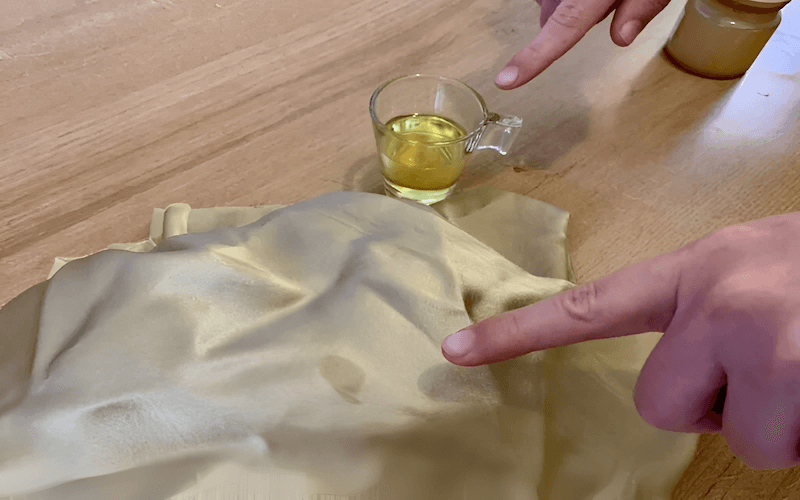
6.3 When to seek professional help
Consult a professional dry cleaner if:
- You have set-in stains that don’t respond to home treatment.
- The garment is made of *antique silk* or is particularly valuable.
- You’re unsure about how to treat a specific stain.
7. Storing silk: Keeping your items pristine
Properly storing your silk items helps maintain their beauty and longevity.
7.1 Short-Term storage
- Hang silk garments on padded hangers to prevent them from slipping and stretching.
- Avoid overcrowding your closet, as this can wrinkle and crush silk items.
- For folded items, use acid-free tissue paper between layers to prevent creases and protect the fabric.

7.2 Long-Term storage
- Always clean silk items before storing them for an extended period.
- Use breathable garment bags (made of cotton or muslin) for storage. Never use plastic bags, as they can trap moisture and promote mildew.
- Protect silk from moths by using natural repellents like cedar blocks or lavender sachets.
- Store silk in a cool, dry, dark place. Avoid attics or basements, which can have extreme temperature and humidity fluctuations.
8. Related questions
8.1 Can I use fabric softener on silk?
It is generally not recommended to use fabric softener on silk. It can leave a residue that dulls the fabric’s shine and may affect its breathability.
8.2 How often should I wash my silk items?
Silk doesn’t need to be washed after every wear unless it’s visibly soiled or has absorbed odors. Often, airing out a silk garment is sufficient.
8.3 What’s the best detergent for washing silk?
A gentle, pH-neutral detergent specifically designed for delicates is the best choice. Avoid detergents with enzymes, bleach, or brighteners.
8.4 Is steaming better than ironing for silk?
Yes, steaming is generally the better option for silk because it helps remove wrinkles without direct contact, reducing the risk of burning or damaging the delicate fibers. Steaming is gentler than ironing and helps maintain the natural shine and smooth texture of silk. It’s the safest method to keep your silk garments looking fresh and elegant.
Read more:
Proper silk care, including careful washing, drying, and storage, is essential for maintaining the beauty and extending the longevity of your silk items. By following the guidelines in this article, you can enjoy your luxurious silk garments and keep up their appearance for years to come. Remember to always treat silk gently and prioritize air drying and gentle cleaning methods.
Visit our website https://mypacklove.com/ to explore our product options and request a quote. Contact us today to discuss your specific needs! Let us help you enhance your clothing care and branding efforts.






















